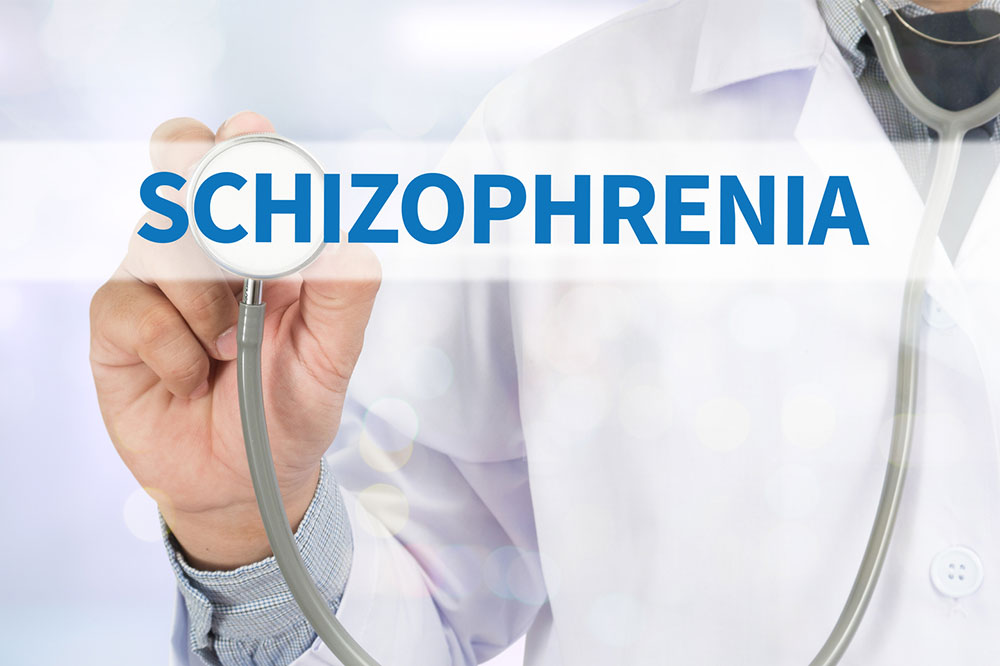Comprehensive Guide to Hallucinations: Causes, Types, and Effective Treatments
This detailed article explores hallucinations, covering their types, causes, and treatment options. Understanding these perceptual disturbances helps in early diagnosis and effective management, improving quality of life for affected individuals. It discusses neurological, psychological, and medical factors that trigger hallucinations and offers insights into treatment strategies to help individuals cope better.

Comprehensive Guide to Hallucinations: Causes, Types, and Effective Treatments
Hallucinations refer to perceptual experiences where individuals see, hear, feel, or smell things that are not actually present in the environment. These phenomena can affect individuals across all age groups, including children and adults, and may significantly impact their daily lives if not properly diagnosed and managed. Understanding the different types of hallucinations, recognizing their causes, and knowing the available treatment options are crucial steps toward achieving health and well-being. This extensive guide aims to shed light on the complex nature of hallucinations, their potential triggers, and how medical professionals approach treatment.
What Exactly Are Hallucinations?
Derived from the Latin word 'hallucinatus,' which means 'dream' or 'wandering mind,' hallucinations are sensory perceptions that seem real but are generated by the brain without any external stimuli. These perceptions can involve any of the five senses—sight, sound, smell, touch, or taste—and can be mistaken for reality. For example, a person experiencing a hallucination might perceive voices calling their name or see visions of people who are not physically present. Such experiences are compelling and convincing to the individual, despite the lack of an external source.
In essence, hallucinations are created solely by the brain's interpretative processes. They can manifest as vivid images, sounds, odors, tactile sensations, or tastes that can often be indistinguishable from real experiences. This phenomenon can be distressing and confusing, especially if the individual is unaware of the hallucination's origin. Recognizing these symptoms early and distinguishing them from normal perceptions is essential for timely intervention and effective treatment.
Understanding hallucinations involves grasping how the brain constructs sensory experiences and how various factors can disrupt this process. Sometimes, hallucinations are transient, caused by temporary issues like sleep deprivation, stress, or substance use. In other cases, they are symptoms of underlying medical or psychiatric conditions requiring comprehensive evaluation and treatment.
Categories of Hallucinations
Hallucinations are generally classified into five primary types, each with unique characteristics and implications:
Visual Hallucinations
These involve seeing objects, people, or colors that are not physically present. People may see fleeting images or detailed visions, which could be caused by neurological or psychiatric conditions.
Auditory Hallucinations
This is one of the most common types, where individuals hear voices or sounds that have no external source. These voices can be isolated or multiple and may comment on the person’s actions or converse with them.
Olfactory Hallucinations
Perception of strange or foul odors without any external smell source. Such hallucinations might be linked to neurological conditions or infections affecting the olfactory nerve.
Tactile Hallucinations
Involves feeling sensations like bugs crawling on the skin, feelings of pressure, or other physical sensations that aren’t caused by external factors. These are often associated with neurological or psychiatric issues.
Gustatory Hallucinations
Experiencing unusual tastes, such as metallic or salty flavors, even when no food or drink is ingested. This type is rare but can indicate neurological or mental health concerns.
Common Causes of Hallucinations
Multiple factors can lead to the occurrence of hallucinations, and understanding these triggers is vital for proper diagnosis and treatment. Some primary causes include:
Sleep Deprivation and Fatigue
Prolonged lack of sleep affects brain function, leading to hallucinations, especially in conditions like narcolepsy or severe insomnia. Sleep deprivation impairs the brain's ability to distinguish reality from fantasy.
Dehydration and Electrolyte Imbalance
Dehydration reduces oxygen flow to the brain, resulting in hallucinations. Maintaining proper hydration is fundamental for mental clarity and physical health.
Medical Conditions and Brain Abnormalities
Various health issues, such as brain tumors, neurological diseases, or infections, can induce hallucinations. Tumors near the optic nerve or within the brain may cause visual disturbances, while other neurological abnormalities can affect different senses.
Emotional Distress and Psychological Factors
Intense emotional stress, grief, trauma, or psychiatric disorders can trigger hallucinations, often as coping mechanisms or as symptoms of mental illness. For example, bereavement can sometimes lead to vivid hallucinations of loved ones.
Substance Use and Medication Side Effects
Intoxication with drugs such as LSD, psilocybin, or alcohol can cause hallucinations. Additionally, certain medications used to treat mental health or neurological conditions can have side effects that include hallucinations. Always consult healthcare providers before making changes to medication regimens.
Health Conditions Associated with Hallucinations
Hallucinations are often symptomatic of underlying health problems, including:
Schizophrenia and Other Psychotic Disorders
These chronic mental health conditions involve distorted perceptions of reality, with hallucinations being a common symptom, particularly visual and auditory ones.
Delirium and Cognitive Disorders
Sudden confusion, disorientation, and hallucinations are typical in delirium, which may be caused by infections, drug withdrawal, or metabolic imbalances. Cognitive decline in dementia can also present with hallucinations in advanced stages.
Neurodegenerative Diseases
Conditions like Parkinson's disease often lead to visual and auditory hallucinations, especially during medication adjustments or disease progression.
Treatment and Management Strategies
Effective management of hallucinations depends on accurate diagnosis and addressing the underlying cause. Approaches include:
Pharmacotherapy: Antipsychotic medications may be prescribed for psychotic disorders or severe symptoms.
Psychotherapy: Cognitive-behavioral therapy (CBT) can help individuals cope with hallucinations and reduce their distress.
Addressing Underlying Causes: Treating infections, adjusting medications, or managing mental health conditions can significantly reduce hallucination episodes.
Supportive Care: Providing a safe and supportive environment is essential for individuals experiencing hallucinations, especially when they are severe.
Recognizing hallucination symptoms early and seeking professional medical advice are crucial for effective treatment. Persistent hallucinations can impact quality of life, leading to psychological trauma, social withdrawal, and physical health issues. Therefore, a comprehensive approach combining medical, psychological, and social support is vital for recovery and well-being.





